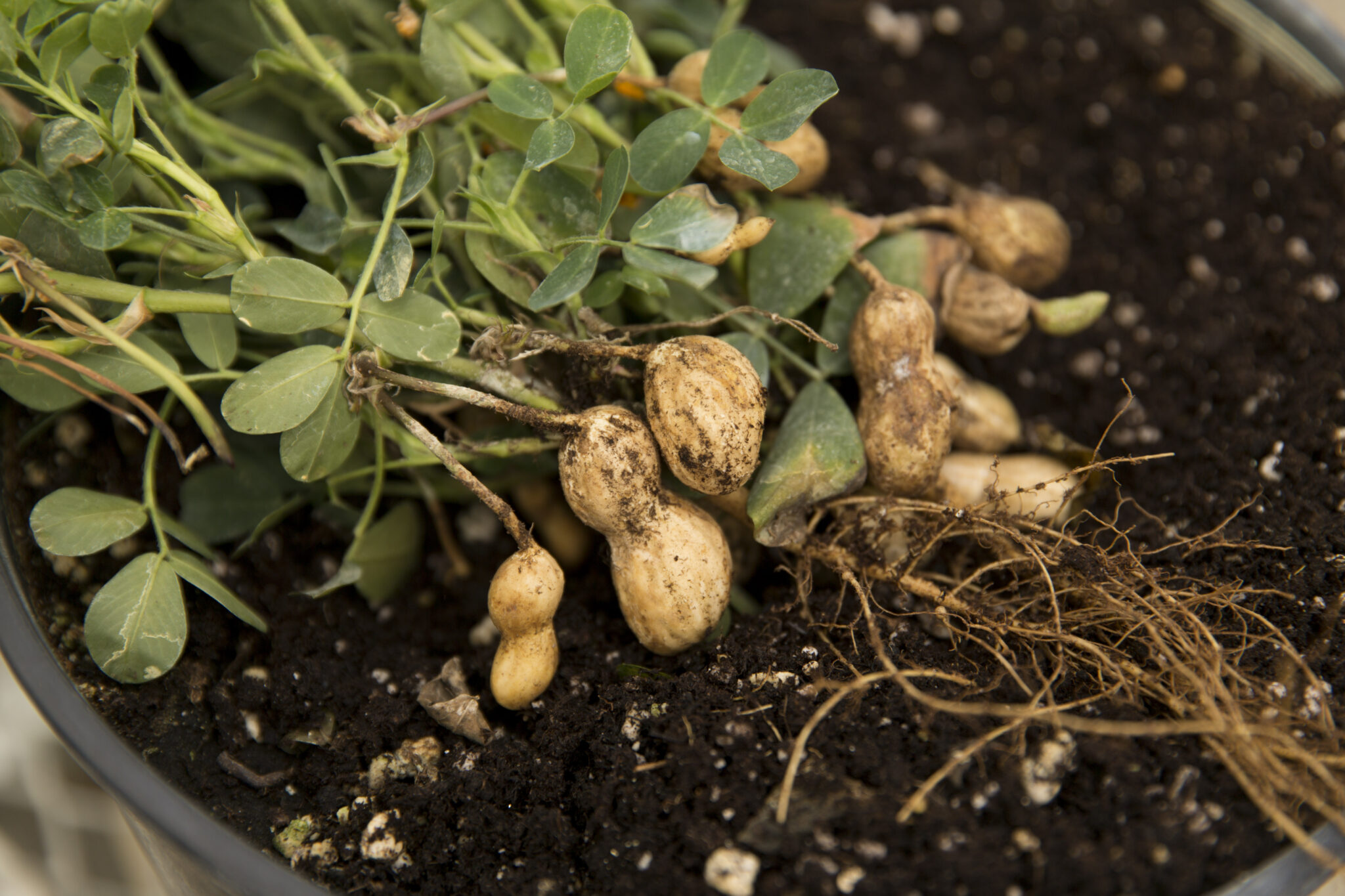It is not unusual for some landscape shrubs to outgrow their allocated area. So we're faced with a problem.
Solutions to the overgrown-shrub dilemma include moving, replacing and reinventing. The latter refers to changing a plant from the shrub form to a tree form.
Making trees out of shrubs isn't hard and can add an exciting new dimension to the landscape. Imagine their curiosity when people see this strange new tree in your garden.
Here are some possibilities.
Rose of Sharon (Hibiscus syriacus). Grows eight to 12 feet tall and generally has a tree form but is very upright. Prune it to create lateral branches and a canopy worthy of a tree. It's deciduous, but has attractive foliage and fantastic blooms from midsummer until fall. Its many flower shades range from whites to pinks to purples and even bicolor. The plant tolerates a range of soils but prefers sunny sites.
Sasanqua camellia (Camellia sasanqua). It's the same genus as the well-known Japanese camellia. But this form spreads slightly more than its cousin. It has darker green, smaller leaves and blooms in fall. As with its close cousin, it grows taller than you would expect (10-15 feet in a good place).
Cleyera (Cleyera japonica) is one of the many culprits of the overgrown-shrub dilemma. If you let it, it will grow to 20 feet tall. This plant is often pruned year after year in an attempt to keep it small. Remove a few of the bottom branches and use it as a vertical element in your landscape. New foliage is reddish and attractive.
Burford holly (Ilex cornuta 'Burfordi' and Ilex cornuta 'Burfordi Nana'). The regular Burford holly grows 15-20 feet tall and is certainly not suited as a foundation plant. But did you know the "dwarf" form may get 10 feet tall? Burford hollies are versatile plants equally well-suited as shrubs or trees. The standard form makes an impressive plant as a specimen, laden with red berries in fall, while the dwarf is good as a tree form closer to the house. Simply remove lower branches and tip the ends in spring to create a pleasing round-headed tree. You'll need both a male and female plant for berries, but a number of other species and varieties will perform this task.
Ligustrum (Ligustrum japonicum, L. lucidum and L. vulgare) make striking tree forms with differing textures and forms. The wax-leaf ligustrum (L. japonicum), probably the smallest, grows 12 feet at most. It has very coarse-textured, shiny green leaves. A variegated form also exists. Prune the bottom branches, then prune lateral buds to create an attractive overhanging canopy.
Common privet hedge (L. sinense) is often used as a hedge. Allowed to grow up as a specimen plant, it will resemble L. lucidum with flowers and fruit but with a smaller, more flexible leaf. Pruned with care, it can become a weeping tree.
Southern wax myrtle (Myrica cerifera) is an outstanding native plant finding its way into Georgia landscapes. Although it's often used as a hedge, its genetic variability gives each plant character and a form all its own. So the hedge often looks misproportioned or lumpy. Why not use this plant as a tree? Its attractive, bright green foliage is aromatic if crushed. It produces abundant berries along new stems as the fruit develops in fall.
Fragrant tea olive (Osmanthus fragrans) forms a nice specimen plant where it has room to grow. But its size (20-30 feet tall) excludes its use close to the home. If it's already there, though, try pruning up the bottom branches and tipping off the new growth in spring.






